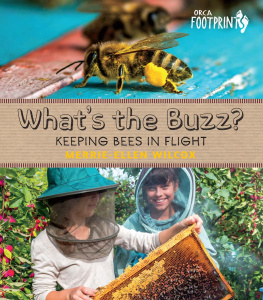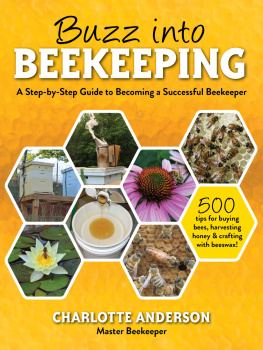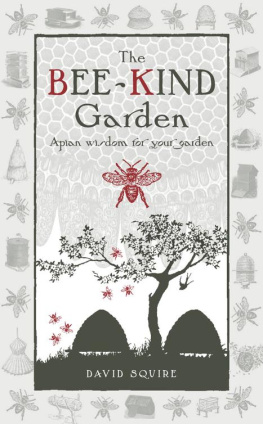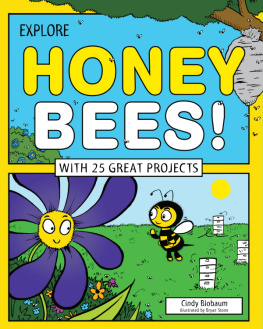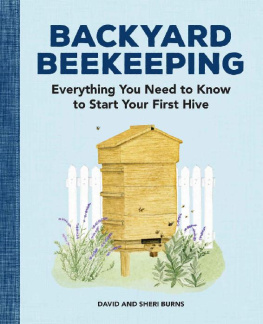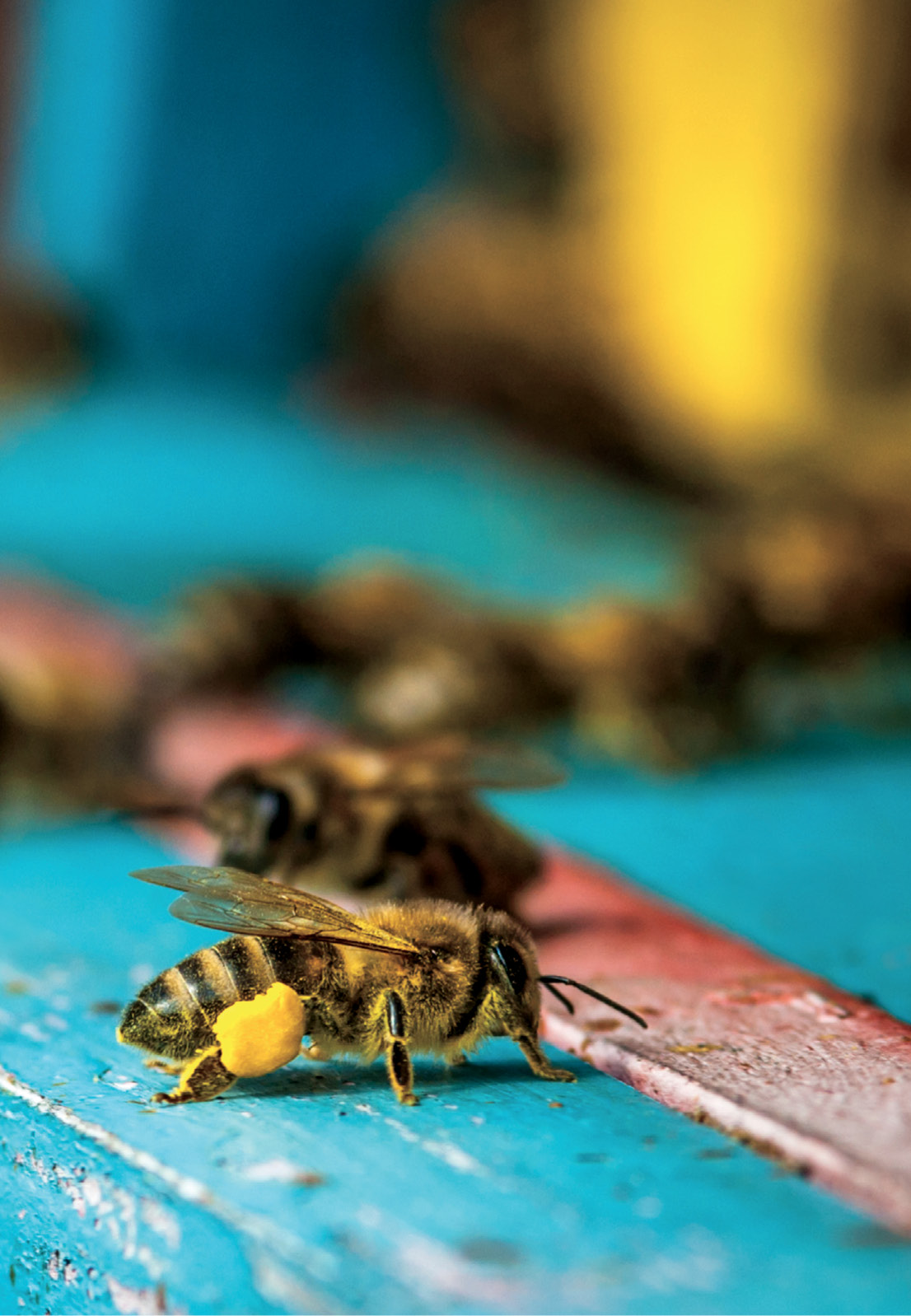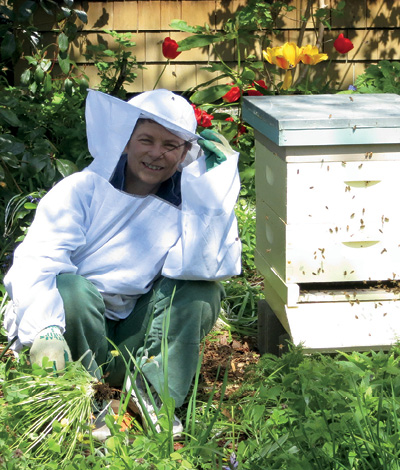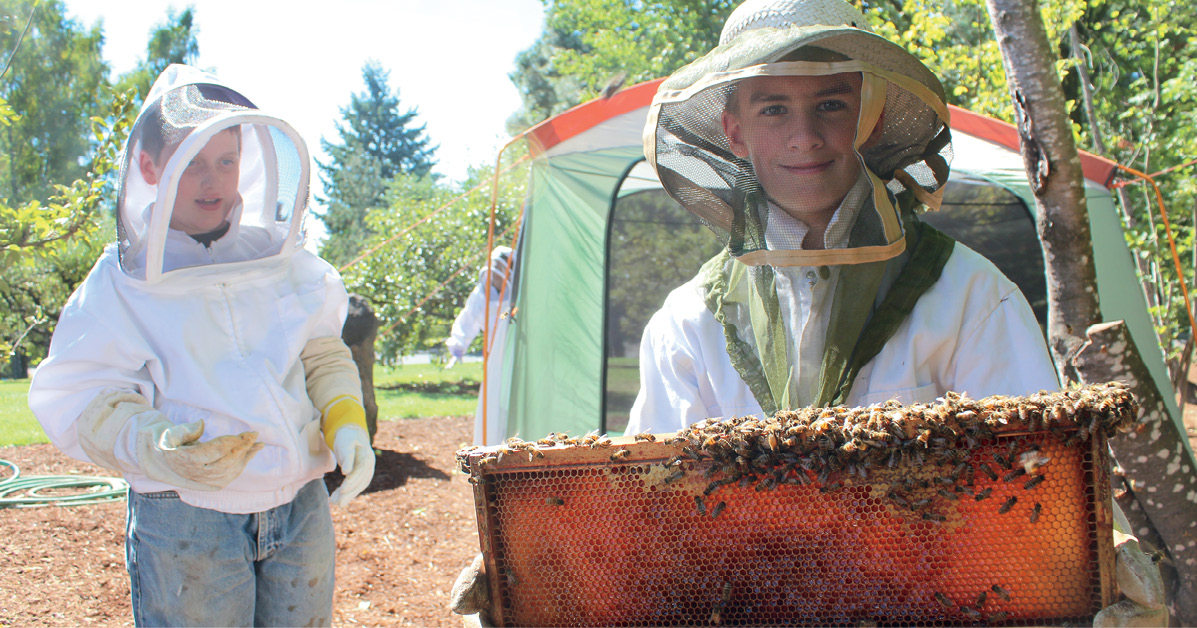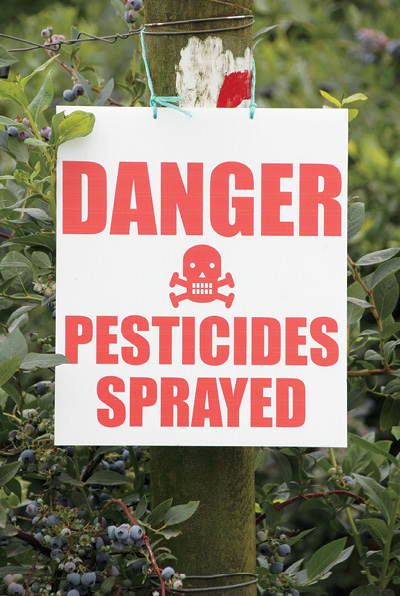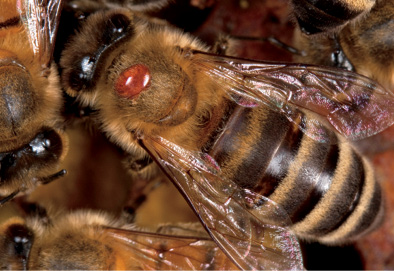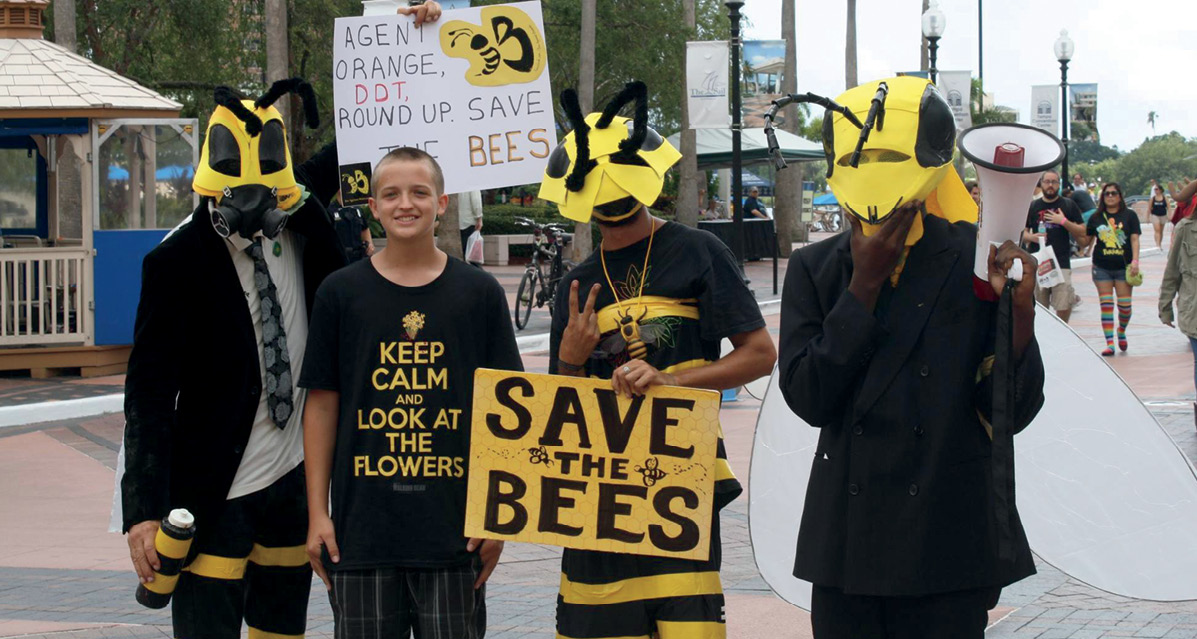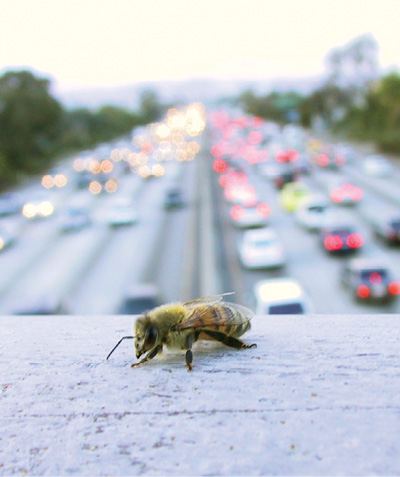Merrie-Ellen Wilcox - Whats the Buzz?: Keeping Bees in Flight
Here you can read online Merrie-Ellen Wilcox - Whats the Buzz?: Keeping Bees in Flight full text of the book (entire story) in english for free. Download pdf and epub, get meaning, cover and reviews about this ebook. year: 2015, publisher: Orca Book Publishers, genre: Romance novel. Description of the work, (preface) as well as reviews are available. Best literature library LitArk.com created for fans of good reading and offers a wide selection of genres:
Romance novel
Science fiction
Adventure
Detective
Science
History
Home and family
Prose
Art
Politics
Computer
Non-fiction
Religion
Business
Children
Humor
Choose a favorite category and find really read worthwhile books. Enjoy immersion in the world of imagination, feel the emotions of the characters or learn something new for yourself, make an fascinating discovery.
- Book:Whats the Buzz?: Keeping Bees in Flight
- Author:
- Publisher:Orca Book Publishers
- Genre:
- Year:2015
- Rating:4 / 5
- Favourites:Add to favourites
- Your mark:
Whats the Buzz?: Keeping Bees in Flight: summary, description and annotation
We offer to read an annotation, description, summary or preface (depends on what the author of the book "Whats the Buzz?: Keeping Bees in Flight" wrote himself). If you haven't found the necessary information about the book — write in the comments, we will try to find it.
All over the world, bee colonies are dwindling, but everyone can do something to help save the bees, from buying local honey to growing a bee-friendly garden.
Whether they live alone or together, in a hive or in a hole in the ground, bees do some of the most important work on the planet: pollinating plants. Whats the Buzz? celebrates the magic of beesfrom swarming to dancing to making honeyand encourages readers to do their part to keep the hives alive.
Merrie-Ellen Wilcox: author's other books
Who wrote Whats the Buzz?: Keeping Bees in Flight? Find out the surname, the name of the author of the book and a list of all author's works by series.

